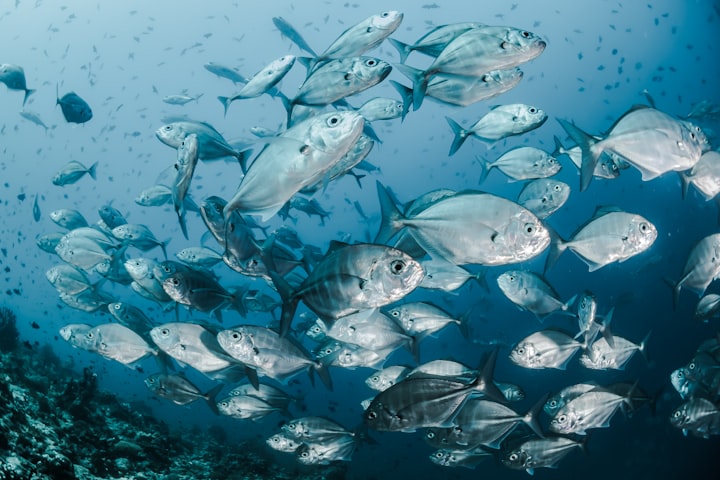The aquatic realm, teeming with life and mystery, has long captivated the scientific community. In a groundbreaking experiment, researchers have delved beneath the surface to unravel the intricate tapestry of fish diving behavior, shedding light on the multifaceted aspects that govern their underwater movements. The experiment, conducted in a controlled environment resembling the natural habitat of the studied fish, aimed to understand the drivers of diving behavior and its implications for ecological dynamics. Employing advanced underwater cameras and tracking devices, the research team monitored the movements of a diverse array of fish species over an extended period. One of the primary focuses of the study was to decipher the environmental cues influencing fish diving patterns. The researchers meticulously manipulated factors such as light intensity, water temperature, and the presence of predators to gauge their impact on the fishes’ decision to dive. Surprisingly, the results indicated a nuanced interplay between these variables, with some species exhibiting a preference for specific conditions while others displayed remarkable adaptability.
The intricate dance of predator-prey interactions unfolded beneath the lens of the cameras, revealing a delicate balance between evasion and pursuit. Fish, it seems, are adept at assessing the threat level and adjusting their diving behavior accordingly. Diving fish science experiment uncovered a spectrum of strategies employed by different species, ranging from rapid descents to intricate weaving patterns, all designed to outwit potential predators lurking in the depths. Beyond predator avoidance, the study delved into the role of social dynamics in fish diving behavior. Observations unveiled a complex web of communication among schooling fish, suggesting that diving serves not only as an individual survival strategy but also as a collective response to environmental stimuli. The synchronized movements of schools painted a mesmerizing picture of coordinated behavior, hinting at the importance of communal intelligence in navigating the challenges of underwater life. Furthermore, the research team explored the physiological aspects influencing fish diving capabilities. By closely examining the anatomical features and metabolic adaptations of different species, they gained insights into the energy costs associated with diving.
Remarkably, some fish demonstrated an astonishing ability to modulate their buoyancy and oxygen consumption, allowing for prolonged and efficient dives that defy conventional expectations. The implications of this multifaceted exploration extend beyond the realm of marine biology. Understanding the intricacies of fish diving behavior can inform conservation efforts, fisheries management, and even inspire bio-inspired technologies. The research serves as a testament to the interconnectedness of life beneath the surface and underscores the need for holistic approaches in unraveling the mysteries of aquatic ecosystems. The scientific experiment on fish diving behavior has unveiled a captivating panorama of underwater life. From environmental cues and predator-prey dynamics to social interactions and physiological adaptations, the study has provided a multifaceted understanding of the forces shaping the behavior of aquatic denizens. As humanity continues to explore and appreciate the wonders of the deep, such research becomes invaluable in fostering a harmonious coexistence with the diverse inhabitants of our oceans.
